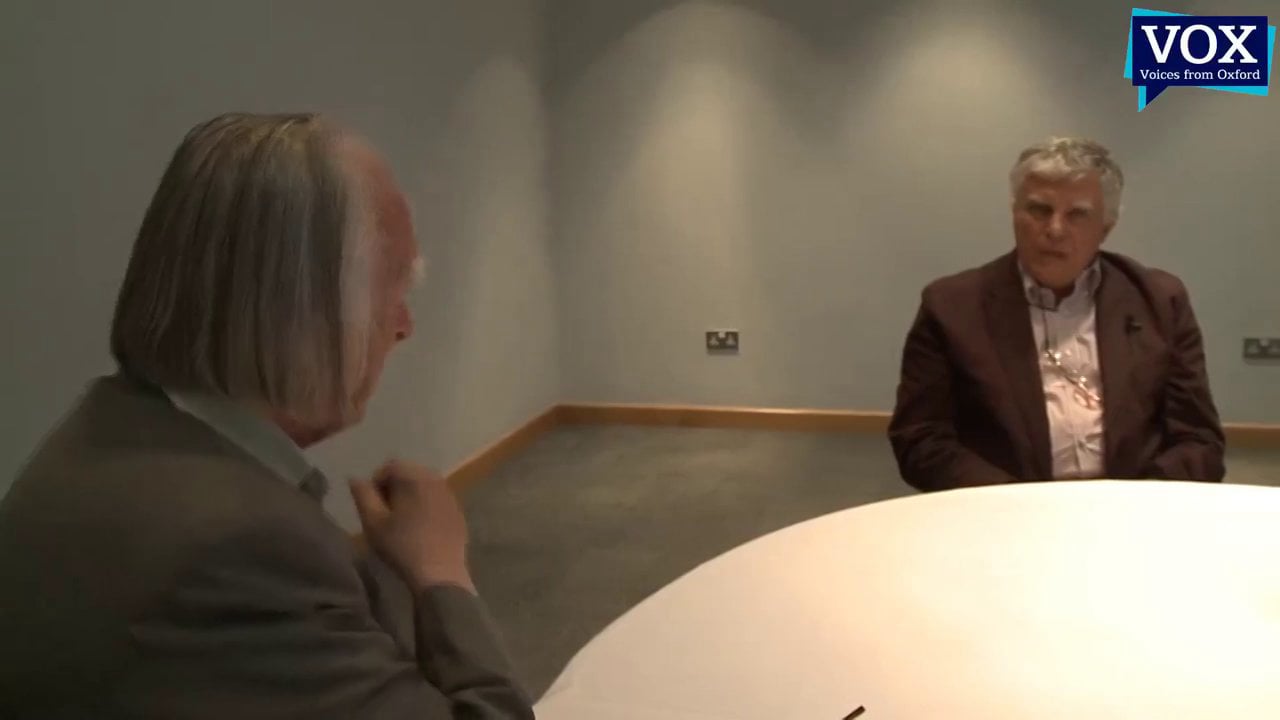What is the link between a lightning flash, the poet Percy Shelley and a cure for diabetes? It is the kind of question you might hear on a radio quiz program such as ‘Brain of Britain’. The quest for an answer takes us on an exciting scientific journey with unexpected twists and turns. It is an extraordinary voyage of discovery, beautifully navigated for us by the distinguished Oxford scientist, Professor Frances Ashcroft in her book “The Spark of Life”, which she discusses with Denis Noble for Voices from Oxford.
Since the 18th Century Italian physician Luigi Galvani showed that an electric shock can cause muscles to twitch, scientists have been fascinated by the role of electricity in life. Modern science has discovered that electric currents flow in and out of cells in the body mediating and initiating their function.
All cells in the body in all organisms on earth, “from the simplest bacteria to the trees in the giant redwood forests of California” have tiny protein structures in the cell membrane which can pass electric currents in the form of ions, “charged atoms”, such as sodium, potassium and calcium.
Frances Ashcroft is particularly interested in how sugar levels in the body are controlled. If it falls too low then the brain is starved of fuel; if it remains high for too long then it can cause the complications of diabetes. Blood sugar levels are regulated by the hormone, Insulin, released from the pancreas in response to a rise in blood sugar. “We and others discovered a tiny protein pore which is found in the membranes of the insulin secreting cells.” She explains. “When the pore is open insulin is not released, and when it’s shut insulin is released.” When blood sugar levels rise the pore shuts and this triggers a cascade of events resulting in insulin release.
By making mutations of the gene for the protein pore it is possible to understand how the protein pore works, and also, as Professor Ashcroft says, “there are mutations resulting from accidents of nature which may lead to disease.” In one mutation she is working on the protein pore remains open, insulin is not released, glucose levels remain high “and then you get diabetes.”
What Frances Ashcroft and her colleagues realised was that the pores could be closed by drugs, sulfonylureas that were already in routine clinical use for late onset diabetes. Those who have the mutation are born with the disease, and are dependent on regular insulin injections. But it was realised that the existing drugs could be used to close the pores and release insulin. Frances Ashcroft tells us about the excitement of this important discovery and the impact it has had on people’s lives. A truly breathtaking result.
Understanding electricity and how it works in the body has led to the development of new treatments for diseases. Disease caused by mutations in protein pores has now been given its own name “channelopathy”. An example is one found in goats that causes them to fall down. But what is really significant is that this is similar to the human condition myotonia congenita, where muscles lock up when the patient is startled. Understanding channelopathies has the potential for development of treatments for such diseases.
In one sense Frances Ashcroft says “we are nothing more than soup and sparks”. Or as Percy Shelley put it “…man is a mass of electrified clay.”
Ray Noble 9th March 2013
To go to Ray Noble’s blog site: http://www.thinendofwedge.com/



